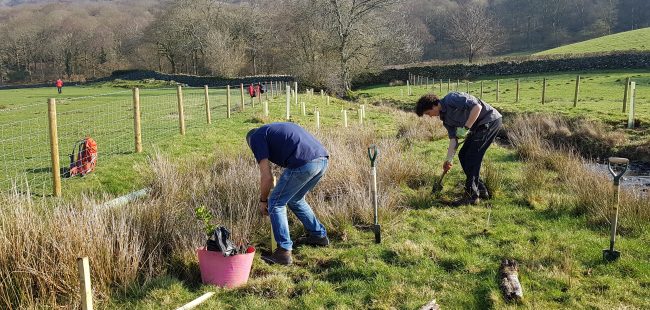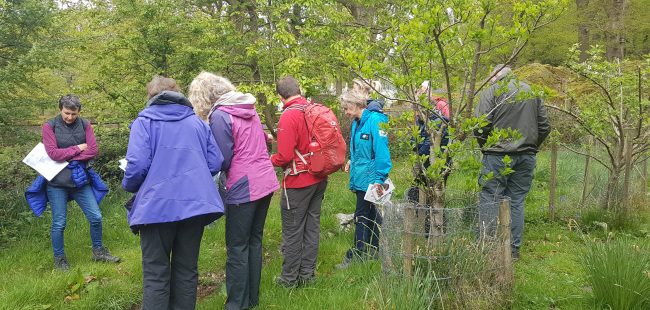Buffer Strips – what, why, where
One of the main aims of the project is to improve riparian habitats through a variety of conservation activities and by doing so we will enhance in-river habitats too.
The most straight forward way to achieve this is through fencing, which also has the added benefit of reducing poaching by livestock, bank erosion and sedimentation, creating a buffer strip between watercourse and fence. The size of a buffer strip varies depending on each site and each particular landowner/farmer but we try for an average width of 2m. Where possible and with the agreement of the landowner we will also plant a carefully selected number of trees within the strips, add crossing points and install an alternative water supply – usually solar powered water troughs, specially made to order.



The work doesn’t end there though. In order to make sure the buffer strips do improve habitat and species we are undertaking basic wildlife surveys at a selected number of sites and we intend to use the information to develop appropriate management plans for the future. We will also check the trees that have been planted.
Volunteers play an important role in this work too, helping to plant trees and carrying out some of the survey work.


